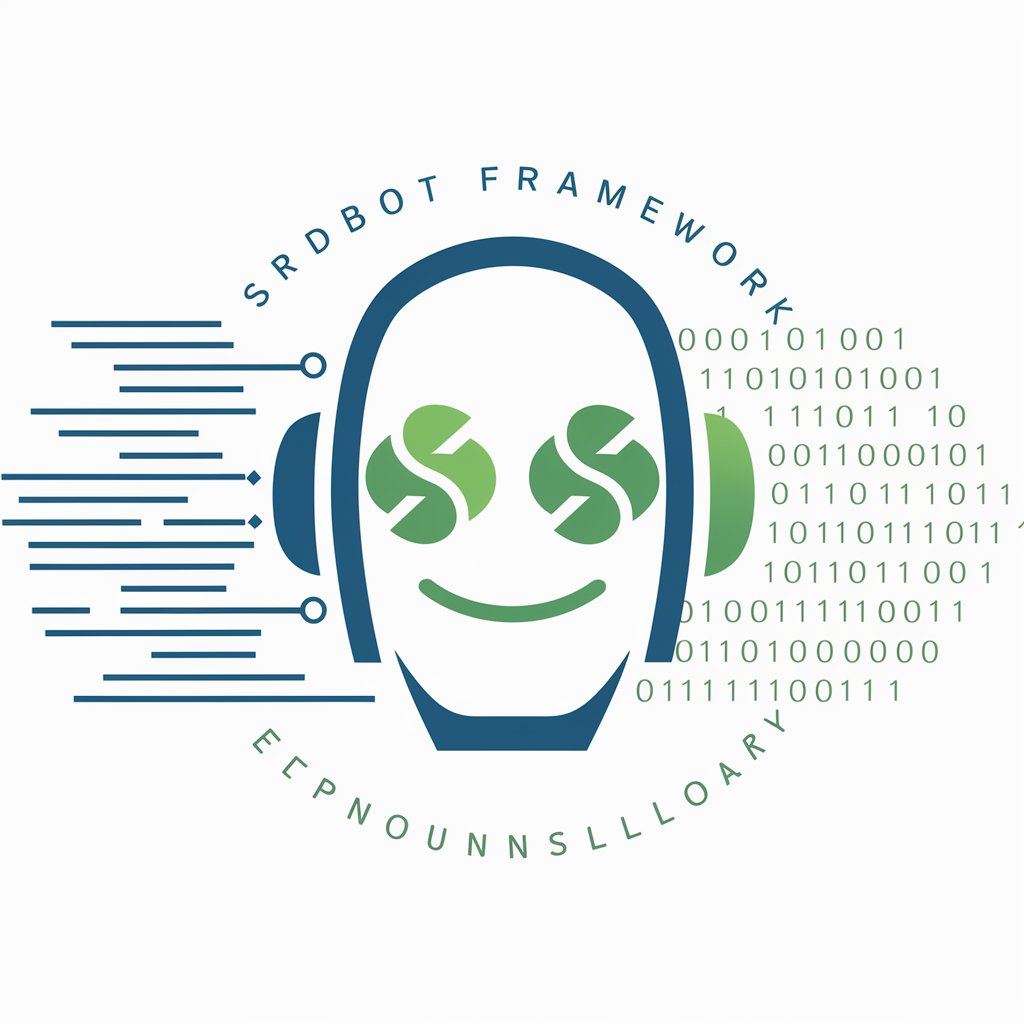
Spring Boot Dev-Spring Boot Dev for Fast Development
AI-powered tools for rapid Spring Boot development
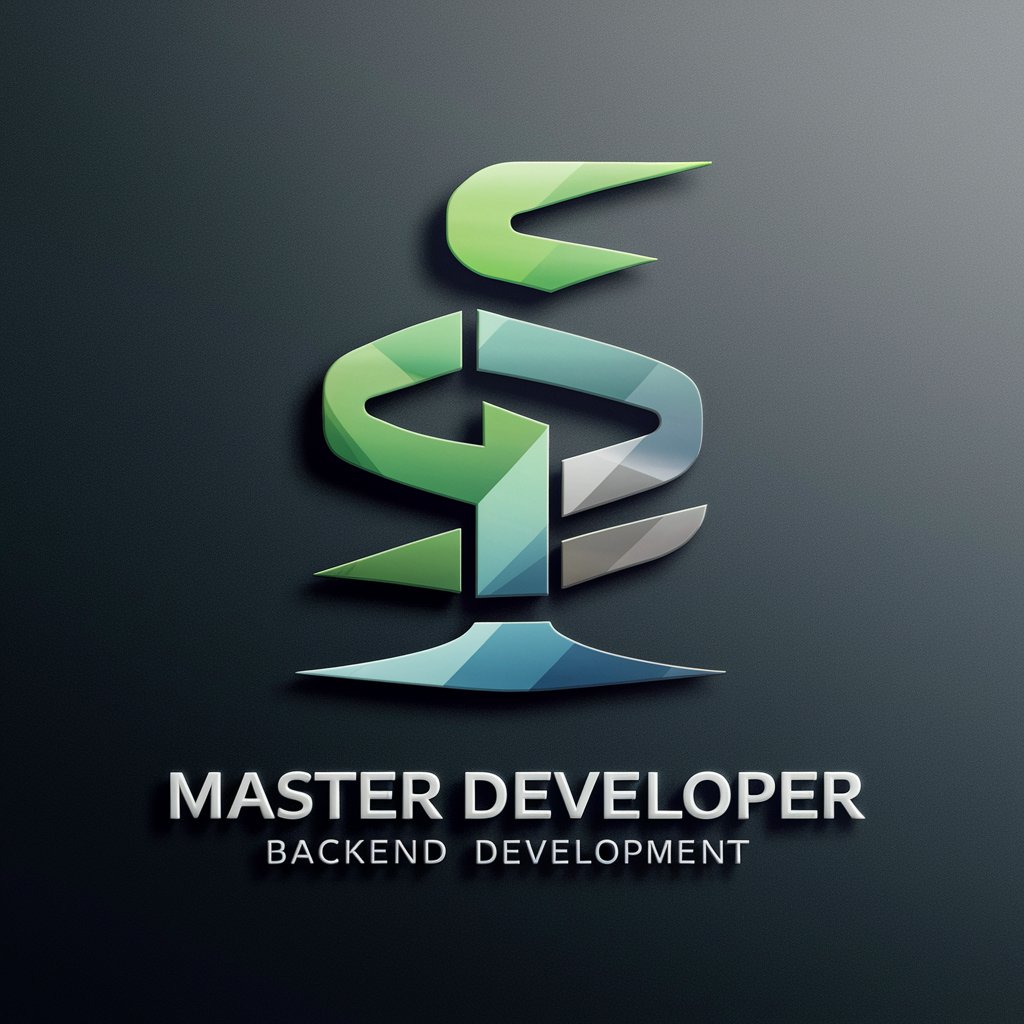
A master Java Spring Boot backend developer, offering technical guidance and best practices.
How do I optimize a Spring Boot application?
Explain Java backend security best practices.
Debugging tips for Spring Boot.
Spring Boot microservices architecture advice.
Get Embed Code
Introduction to Spring Boot Dev
Spring Boot Dev is a part of the Spring Framework, a widely used Java-based platform designed to streamline application development and enhance productivity. The core goal of Spring Boot is to simplify the process of creating stand-alone, production-ready Spring-based applications with minimal configuration. Spring Boot provides a set of pre-configured settings and components to make Java development faster and more efficient, allowing developers to focus on business logic rather than boilerplate code or infrastructure concerns. Spring Boot comes with embedded web servers (like Tomcat, Jetty, or Undertow), which means that applications can be run as standalone services without needing to deploy them to an external server. This is beneficial for microservices architectures, where each service can run independently, reducing setup complexity. An example of its ease of use: A developer working on a REST API using Spring Boot can quickly generate a working prototype of the API with minimal effort—just defining a few basic controllers and entities, and Spring Boot handles the rest, including dependency management, application configuration, and web server setup. This allows teams to accelerate their development cycles and make iterative improvements quickly.
Main Functions of Spring Boot Dev
Auto Configuration
Example
A developer working withSpring Boot Dev overview Spring Boot to create a web application doesn't need to manually configure various services like databases, security, or web server settings. Spring Boot automatically configures common services based on the dependencies present in the application. For instance, if you add a MySQL dependency, Spring Boot will automatically set up a connection to MySQL without requiring any custom configurations.
Scenario
In a microservices architecture where multiple services are being developed, each service can independently use Spring Boot’s auto-configuration to connect to databases, message queues, and other services without requiring intricate configuration files. This reduces setup time and complexity, allowing developers to focus on functionality.
Embedded Web Server
Example
Spring Boot includes embedded web servers such as Tomcat, Jetty, and Undertow. This eliminates the need to deploy the application on a separate web server. For example, when developing a simple RESTful service, the developer can run the application directly using a command like `mvn spring-boot:run` and access it via `http://localhost:8080` without needing to configure an external server.
Scenario
A startup developing a web-based application that needs quick iterations can leverage Spring Boot’s embedded web server to test features locally without worrying about configuring an external server like Apache or Nginx. This simplifies the development workflow and boosts productivity.
Spring Boot Actuator
Example
Spring Boot Actuator provides built-in endpoints to monitor and manage your application in production environments. These include health checks, metrics, and application configurations that can be accessed through endpoints like `/actuator/health` or `/actuator/metrics`.
Scenario
In a large-scale enterprise environment, administrators or DevOps engineers use the Actuator endpoints to monitor the health of various services and ensure that they are running correctly. For example, they can quickly determine if a particular service is down or if the response times of APIs exceed acceptable thresholds. This visibility helps in preventing system outages and improving uptime.
Spring Boot DevTools
Example
Spring Boot DevTools is a set of tools that improve the developer experience by providing features like automatic restarts and live reloads. This makes the development process more efficient by allowing developers to immediately see the effects of code changes without restarting the application manually.
Scenario
A developer working on a CRUD application in Spring Boot can use DevTools to automatically reload the application whenever a change is made to the source code, reducing the time spent manually restarting the app. This feature accelerates the development and testing of new features, as changes are reflected in real-time.
Spring Initializr
Example
Spring Initializr is a web-based tool provided by Spring Boot that allows developers to generate the basic structure of a Spring Boot project. By simply choosing dependencies and configurations, developers can create a custom project template that can be imported directly into their IDE.
Scenario
A developer starting a new Spring Boot project for a specific application (e.g., a REST API with MySQL database) can use Spring Initializr to quickly generate a fully configured template with the necessary dependencies, saving time on manual setup and allowing them to begin focusing on the application's business logic immediately.
Ideal Users of Spring Boot Dev
Java Developers and Backend Engineers
Spring Boot Dev is primarily geared toward Java developers, particularly those who specialize in backend systems. It simplifies the setup and configuration of Java applications, allowing developers to focus on business logic rather than infrastructure. For example, a Java developer working on a microservices architecture can use Spring Boot to create individual services with minimal configuration, saving time and reducing complexity. Spring Boot is an excellent choice for developers who need rapid prototyping and deployment of Java-based applications.
Full-stack Developers
Full-stack developers who need to work on both the frontend and backend of applications will find Spring Boot invaluable. Spring Boot’s integration with various frontend technologies (like Angular, React, or Vue) allows full-stack developers to quickly build and test both client-side and server-side code within a unified environment. For instance, a developer building a full-stack application can use Spring Boot for the backend while using a JavaScript framework for the frontend, enabling faster integration and development cycles.
DevOps and System Administrators
DevOps professionals and system administrators who are tasked with managing, deploying, and monitoring Java-based services in production environments can benefit greatly from Spring Boot’s Actuator and embedded web server features. These tools provide real-time insights into application health, performance, and configuration, allowing for easier management of microservices and distributed systems in production. The simplicity of Spring Boot’s setup and deployment model means fewer dependencies and easier scalability.
Startups and Small Development Teams
Startups or small development teams that need to rapidly develop and deploy scalable applications with minimal infrastructure overhead will find Spring Boot highly beneficial. The automatic configuration and embedded server capabilities make it easy for small teams to quickly prototype, build, and release applications without the need for specialized DevOps skills. For instance, a small team building a customer-facing web application can launch a fully functional backend with a few lines of configuration, allowing them to focus resources on unique business features.
Enterprise Architects
Enterprise architects and software engineers working within large organizations will appreciate how Spring Boot enables the creation of robust, scalable, and maintainable applications. Its modular structure and microservices support make it ideal for developing large-scale applications. Additionally, Spring Boot integrates seamlessly with other parts of the Spring ecosystem (e.g., Spring Security, Spring Cloud), allowing for the creation of complex, enterprise-level solutions. Enterprise architects will benefit from the rapid application setup and the ease with which new features and services can be added without disrupting existing systems.
HowSpring Boot Dev guide to Use Spring Boot Dev
Start with a free trial
Visit aichatonline.org to access a free trial without the need for login or a ChatGPT Plus subscription. This is your starting point for experimenting with Spring Boot Dev, giving you full access to its features.
Set up your environment
Ensure that your development environment is prepared by installing Java Development Kit (JDK) and Maven. Spring Boot is built on Java, so these tools are required. You should also have a modern IDE (e.g., IntelliJ IDEA or Eclipse) for optimal coding and debugging.
Create a new Spring Boot application
You can generate a Spring Boot project easily by visiting the Spring Initializr at start.spring.io. Choose your preferred project settings (e.g., dependencies like Web, JPA, etc.), download the generated zip, and unzip it into your project directory.
Run your Spring Boot application
Once you’ve set up the project, navigate to your project directory in the terminal and run the command `mvn spring-boot:run`. This will start your Spring Boot application, and it will typically run on localhost:8080 by default. You can then access the defaultSpring Boot Dev guide page in your web browser.
Develop and deploy your application
As you continue developing, use features like Spring Data, Spring Security, and Spring Boot Actuator to extend your app. For deployment, you can either create an executable JAR file using `mvn clean package` or deploy it to a cloud service like Heroku or AWS for live use.
Try other advanced and practical GPTs
C++
AI-enhanced C++ programming assistant.
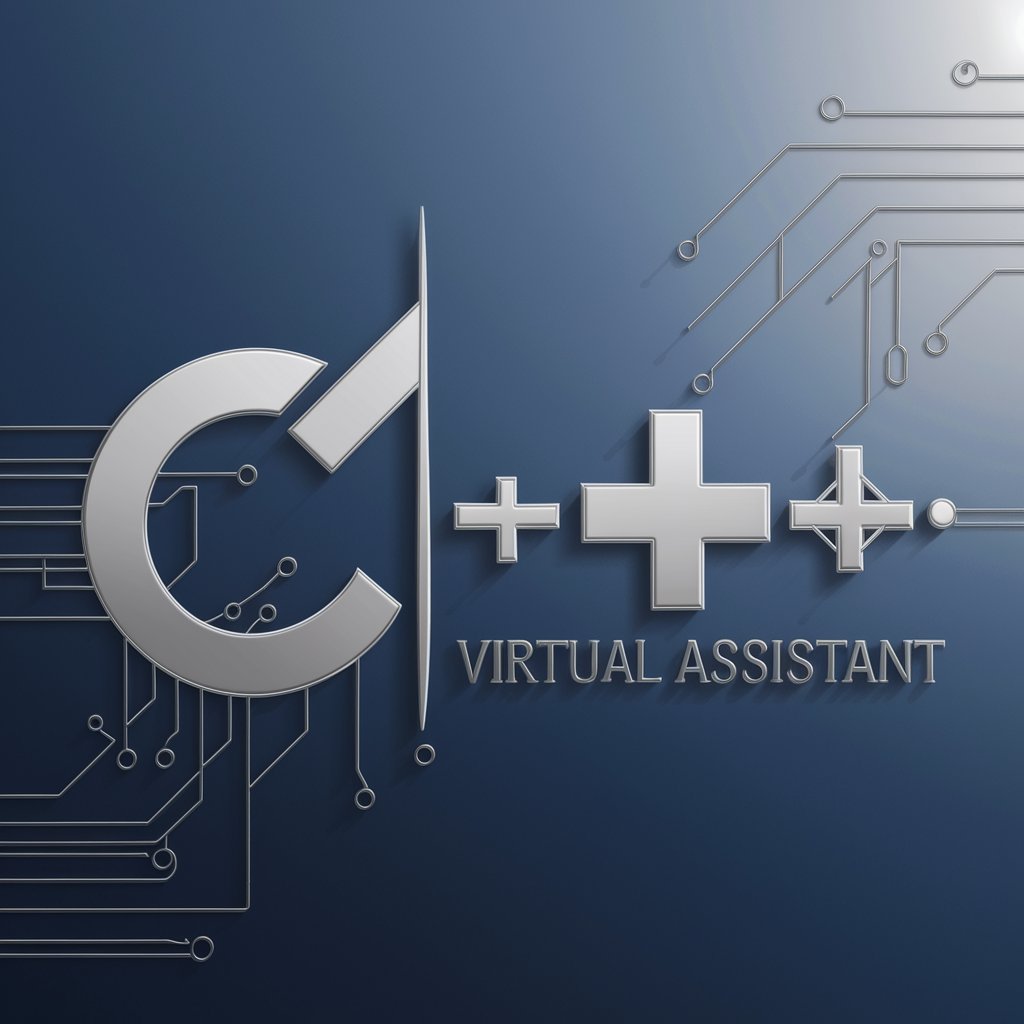
TALE-C
AI-powered content tailored to your needs.

AI 노무사
AI-powered Korean labor-law guidance and templates

Urology Expert
AI-powered Urology Insights at Your Fingertips

ABAP Helper
AI-powered assistance for ABAP developers
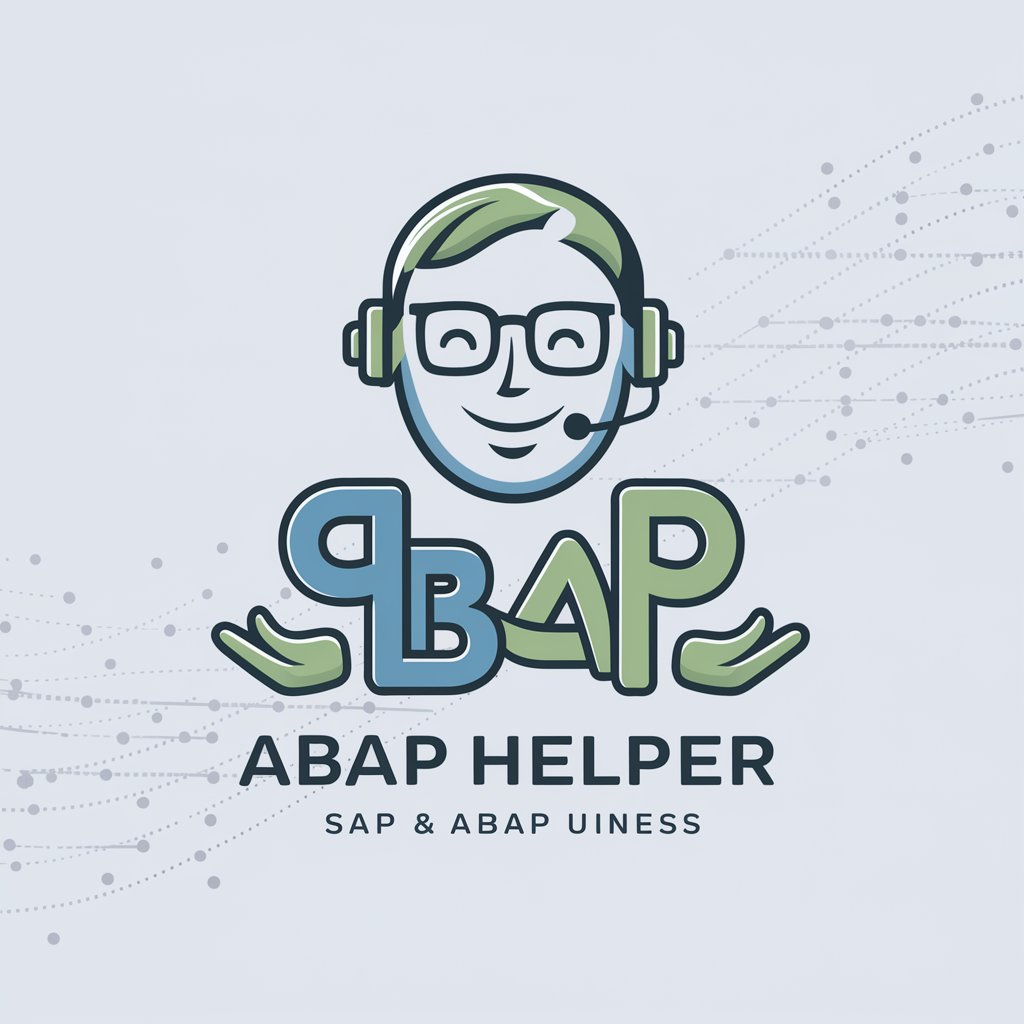
행정 업무 수호천사
AI-powered administrative task optimization.

이미지 인식 Image Recognition
AI-powered image understanding for instant visual insights

Abogado del Ecuador.
AI-powered legal insights for Ecuadorians.

✒️만능 프로 작가
AI-driven writing for every need.

中英文翻译
AI-powered translation for seamless communication.
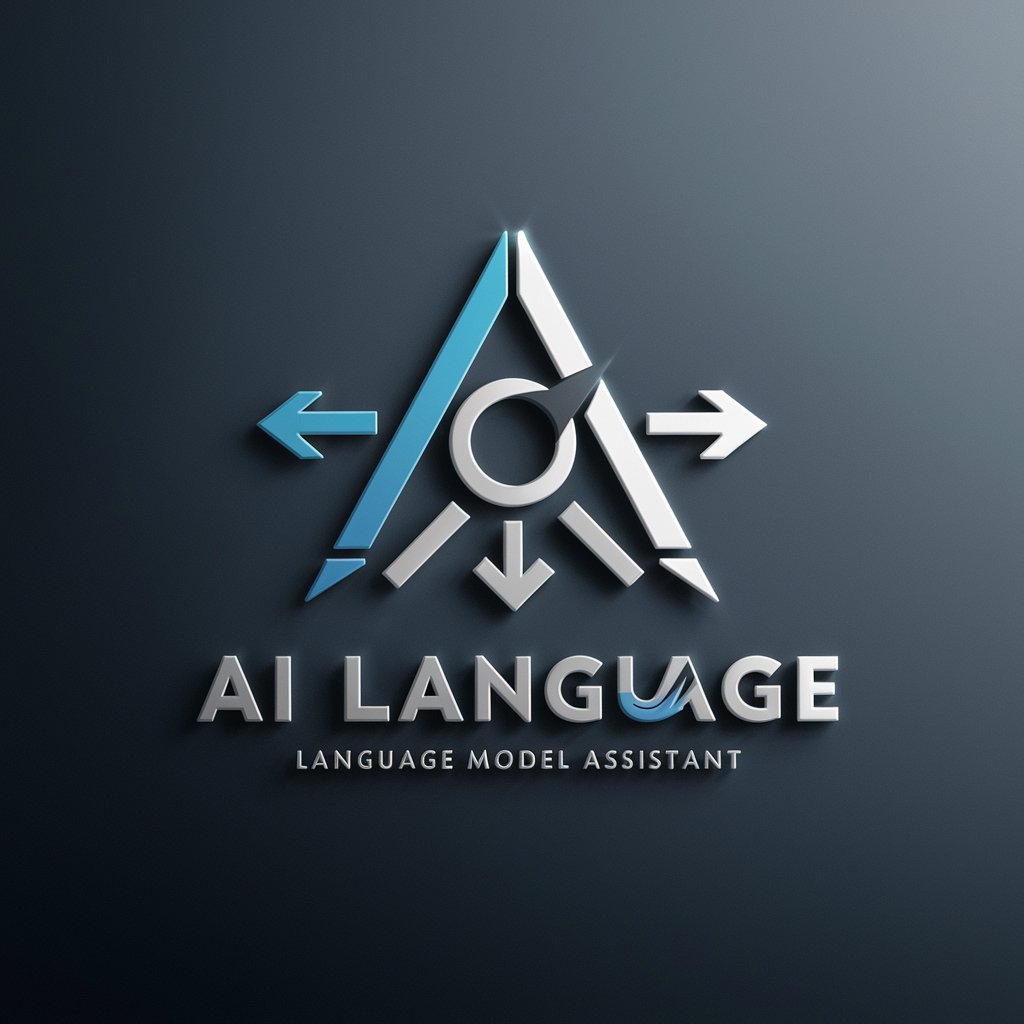
PDF 요약 전문가
AI-powered PDF summarization in seconds.

German Teacher
AI-powered German learning, tailored to you.

- Microservices
- API Development
- Data Integration
- Cloud Deployment
- Web Applications
Common Questions about Spring Boot Dev
What is Spring Boot?
Spring Boot is a framework designed to simplify the setup and development of Spring-based applications. It eliminates the need for complex configuration by providing a set of pre-configured templates and libraries that work out of the box.
How does Spring Boot handle dependencies?
Spring Boot uses a concept called 'starter dependencies,' which group common libraries into predefined sets. For instance, you can add a web starter for RESTful APIs, or a JPA starter for database integration, to quickly set up your application.
What are Spring Boot profiles?
Spring Boot profiles allow you to define different configurations for different environments (e.g., development, production). By using `application.properties` or `application.yml`, you can activate specific profiles to manage beans, settings, and properties tailored for each environment.
Can I deploy Spring Boot applications to the cloud?
Yes, Spring Boot applications are easily deployable to various cloud platforms like Heroku, AWS, and Google Cloud. You can package your app as a self-contained JAR file and push it to the cloud or use Spring Cloud to manage microservices and configurations in a distributed system.
How do I troubleshoot Spring Boot applications?
Spring Boot comes with built-in logging and error handling that helps with debugging. You can view detailed logs by setting the logging level in your `application.properties` file. Additionally, Spring Boot Actuator can provide health checks and metrics for real-time monitoring of your app.


